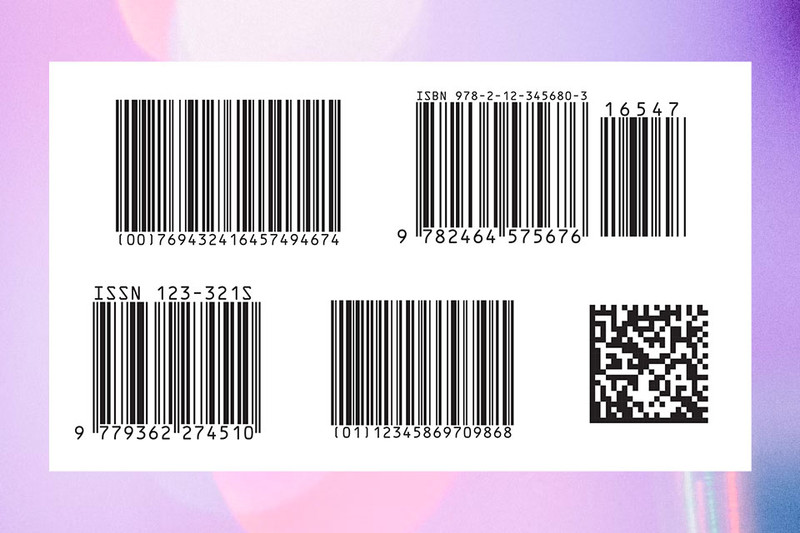Barcodes and RFID (Radio Frequency Identification) are two technologies that are commonly used in the pharmaceutical industry for the purpose of identifying and tracking products. Both technologies have their own unique set of benefits and drawbacks, and the choice between the two often depends on the specific needs and requirements of a given application. In this post, we will take a closer look at the use of barcodes and RFID in the pharmaceutical industry, and compare and contrast their advantages and disadvantages.
Barcodes are a common sight in many different industries, including the pharmaceutical industry. A barcode is a series of vertical lines of varying widths that can be read by a scanner and converted into a numerical or alphabetic code. This code can then be used to identify the product and retrieve information about it from a database. Barcodes are typically printed on labels or packaging materials, and are read using a barcode scanner, which can be a handheld device or a fixed scanner at a point-of-sale or inventory management system. Here at GMP Labeling, we can help identify the correct label materials for your barcoding needs.
One of the main advantages of barcodes is their simplicity and low cost. Barcodes can be easily and inexpensively printed on labels or packaging materials, and barcode scanners are also relatively inexpensive and widely available. We provide a variety of thermal transfer ribbons that are used for printing on labels to create barcodes. Additionally, barcodes can be read quickly and accurately, making them a reliable and efficient method for identifying and tracking products.
However, there are also some drawbacks to using barcodes in the pharmaceutical industry. One major limitation is that barcodes can only store a limited amount of information, typically just the product's identification number. This means that additional information, such as the expiration date or batch number, must be stored separately and accessed through a database. Additionally, barcodes are vulnerable to damage or alteration, which can lead to errors in the identification and tracking of products.
RFID, on the other hand, is a technology that uses radio waves to communicate between a reader and a tag. The tag, which is usually a small chip embedded in a label or packaging material, contains a unique identification number and can also store additional information. RFID tags can be read by a reader from a distance, without the need for line-of-sight or physical contact. This makes RFID a convenient and efficient method for identifying and tracking products, especially in large or complex supply chains.
One of the main advantages of RFID is its ability to store and transmit a large amount of information. RFID tags can store much more information than barcodes, and this information can be accessed and updated quickly and easily. RFID also has the advantage of being more durable and resistant to damage or alteration compared to barcodes. Additionally, RFID can be used for real-time tracking and monitoring of products, which can be especially useful in the pharmaceutical industry for ensuring the integrity and safety of products throughout the supply chain.
However, there are also some drawbacks to using RFID in the pharmaceutical industry. One major disadvantage is the cost, as RFID tags and readers are generally more expensive than barcodes and scanners. Additionally, RFID can be vulnerable to interference or interference from other RFID systems, which can lead to errors in the identification and tracking of products. Finally, RFID requires a more complex infrastructure and requires specialized software and systems to manage and analyze the data collected from RFID tags.
In conclusion, both barcodes and RFID have their own unique set of advantages and disadvantages for use in the pharmaceutical industry. Barcodes are simple, low-cost, and reliable, but have limited storage capacity and are vulnerable to damage or alteration. RFID has the advantage of being able to store and transmit a large amount of information, and can be used for real-time tracking and monitoring, but is more expensive and requires a more complex infrastructure


 Need Help?
Need Help?